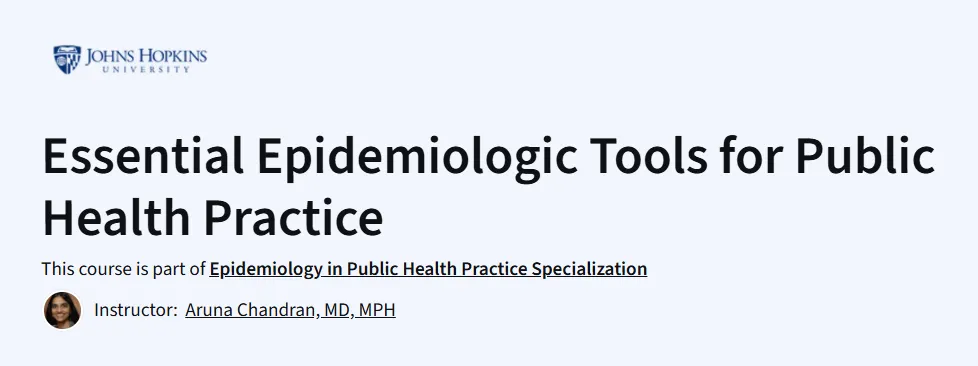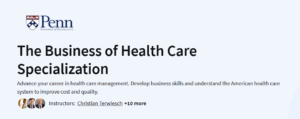What will you learn in Essential Epidemiologic Tools for Public Health Practice Course
Discover what public health and epidemiology are all about, and how they shape how communities stay healthy.
Calculate key public health metrics—like rates and proportions—to understand the burden of disease in a population.
Learn how to turn data into clear visuals that show patterns and risk factors—big help when you’re explaining public health challenges.
Get hands-on with basic mapping: use tools like QGIS to make maps that show where health issues are happening.
Program Overview
Module 1: Role of Epidemiology in Public Health
⌛ 1 hour
Topics: Definitions of public health and epidemiology. Key components for population health. Overview of the hands-on exercise.
Hands-on: Complete a short assignment plus a video and reading introduction.
Module 2: Numeric Estimates in Epidemiology
⌛ 1 hour
Topics: Counts (numerators) and populations (denominators). Calculating ratios, proportions, and rates. Understanding measures of disease burden.
Hands-on: Practice deriving and interpreting ratios, proportions, and rates from sample data.
Module 3: Depiction of Epidemiologic Data
⌛ 1 hour
Topics: Principles of effective data visualization. Identifying good vs. poor visual designs. Using global disease-burden data to visualize risk factors.
Hands-on: Create a visualization of risk-factor data using online datasets (e.g., IHME)
Module 4: Basic Mapping of Epidemiologic Data
⌛ 1 hour
Topics: The role of place in public health. GIS basics and spatial data handling. Using QGIS with Census data.
Hands-on: Download and install QGIS. Extract spatial and epi-data, then build your own map.
Get certificate
Job Outlook
Great for anyone in public health training, data science, or health policy roles—especially those needing to make sense of disease patterns and health trends.
Useful for professionals managing health programs, doing GIS analysis, or planning interventions at the community or policy level.
Specification: Essential Epidemiologic Tools for Public Health Practice
|
FAQs
- Basic understanding of statistics is helpful but not mandatory.
- Key epidemiologic measures are explained step by step.
- The course is designed for public health learners, not statisticians.
- Emphasis is on interpreting data, not complex calculations.
- Practical examples make concepts easier to follow.
- Helps in outbreak investigations and health monitoring.
- Strengthens use of surveillance data in decision-making.
- Guides policy through evidence-based epidemiology.
- Improves program evaluation with measurable outcomes.
- Prepares learners to respond effectively in health crises.
- Useful for healthcare workers, data analysts, and policymakers.
- Provides tools for evidence-based decision-making.
- Strengthens research design and evaluation skills.
- Supports roles in NGOs and global health organizations.
- Bridges public health with healthcare and policy fields.
- Includes real-world outbreak investigation scenarios.
- Uses surveillance data for applied practice.
- Involves exercises in bias and confounding analysis.
- Teaches study design through practical examples.
- Offers interactive data interpretation challenges.
- Builds foundation for epidemiologist or health analyst roles.
- Recognized skills for WHO, CDC, and health NGOs.
- Adds credibility for academic research positions.
- Supports advancement in public health leadership.
- Strengthens qualifications for international health projects.





